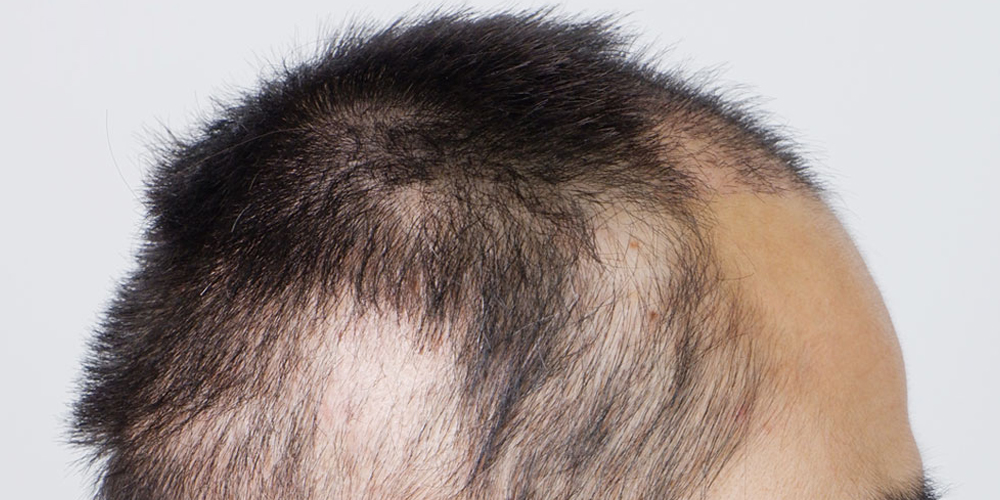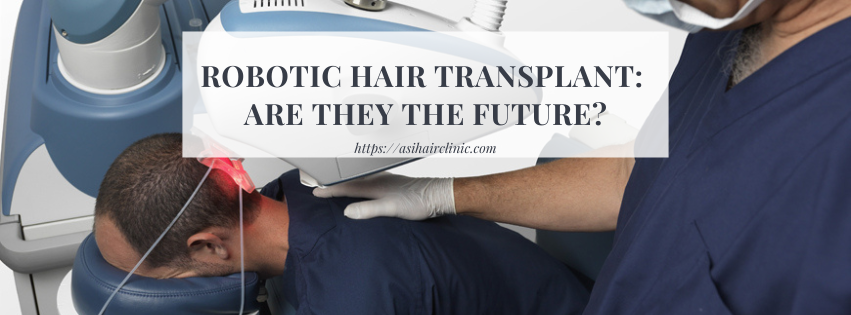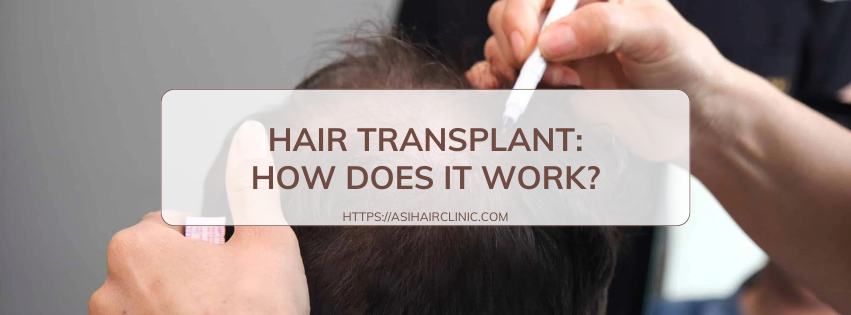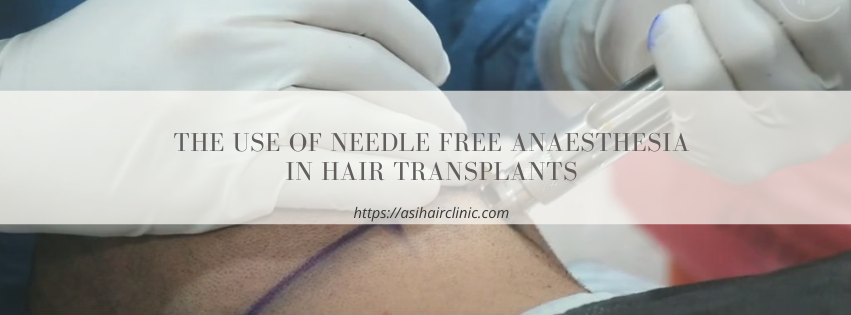Hair Transplant After 1 Month: Entering the Shock Loss Phase
When delving into the journey of hair restoration, understanding what to expect post-procedure is crucial. One significant milestone in this process occurs one month after a hair transplant. This period marks the onset of the shock loss phase - a phase that can cause confusion and concern for many individuals who have recently undergone the procedure. The following sections will explore the intricacies of this phase, equipping you with the knowledge necessary to navigate this experience smoothly.
1. Understanding Shock Loss
The phase known as shock loss is often misunderstood and can be a source of anxiety for those who have recently had a hair transplant. During this time, patients may notice increased shedding of both transplanted and existing hair. While this can be alarming, it is typically a normal part of the healing process. The body responds to the trauma inflicted on the scalp during the transplant by shedding hair follicles, a natural reaction that can ultimately lead to healthier hair growth.
1.1. What Causes Shock Loss?
Shock loss occurs due to several factors inherent in the hair transplant process.
Hair follicles are essentially moved from one area of the scalp to another, which is a surgical procedure that can incite a stress response in the body. When the follicles are relocated, they enter a temporary dormancy phase where they stop growing and begin to shed.
Another contributing factor is the hormonal changes that occur post-surgery. Following a hair transplant, levels of certain hormones can fluctuate, leading to an increased likelihood of hair shedding. Stress and anxiety surrounding the procedure can also exacerbate these effects.
Ultimately, while the sight of shedding hair can be distressing, it’s essential to recognize it as a temporary phase. With patience and appropriate care, most patients will see new growth in the months following this initial loss.
1.2. Duration of Shock Loss
Typically, shock loss begins within a few weeks post-transplant and can last up to three months. The exact duration varies among individuals, influenced by factors such as the extent of the procedure and personal hair and scalp health.
During this time, it’s important not to panic. Most patients will experience some degree of shedding, but this does not indicate failure of the transplant. Instead, it’s a precursor to new hair growth, which typically starts appearing around the three- to four-month mark.
1.3. Coping with Shock Loss
Understanding that shock loss is a common occurrence can alleviate some concerns. However, there are steps that patients can take to cope effectively during this phase.
Engaging in practices that promote relaxation can help manage stress levels. Techniques such as mindfulness meditation, gentle yoga, or even simply taking long walks can foster mental well-being. Additionally, maintaining a healthy diet rich in vitamins and minerals can support hair growth and overall health.
To further comfort oneself, documenting the hair restoration journey can be beneficial. Taking photos at regular intervals allows for a visual representation of progress, helping to dispel worries by showcasing upcoming growth.

2. Post-Transplant Care
Properly caring for your scalp and newly transplanted hair is vital in the first month following a hair transplant. Adhering to recommended aftercare protocols can significantly influence the success of the procedure and help mitigate the impact of shock loss.
2.1. Importance of Hydration and Nutrition
Hydration plays a crucial role in recovery post-hair transplant. Drinking enough water aids in circulation, promotes healing, and provides the hair follicle with the nutrients needed to thrive.
Nutrition is equally significant. Consuming a balanced diet filled with proteins, vitamins A, C, D, E, zinc, and omega-3 fatty acids nourishes hair and supports its growth.
Incorporating foods such as leafy greens, nuts, fish, and lean meats can enhance recovery. Avoid excessive alcohol and caffeine consumption as they can contribute to dehydration and hinder the healing process.
2.2. Scalp Care Routine
Establishing a proper scalp care routine is essential after a hair transplant. In the initial days following the procedure, patients should refrain from washing their hair too vigorously, using harsh shampoos, or exposing the scalp to direct sunlight.
Opt for gentle cleansing products specifically formulated for sensitive skin. It is advisable to wait around 48 hours before washing the hair, allowing the scalp to start the healing process. When washing, use lukewarm water and gently pat dry rather than rubbing, to avoid irritating the scalp.
Massaging the scalp can enhance blood circulation, promoting better nourishment for the hair follicles. However, this should only be done once the scalp has healed sufficiently, usually after the initial two weeks.
2.3. Avoiding Physical Activity
In the weeks immediately following the hair transplant surgery, patients are encouraged to avoid strenuous physical activities. Exercise increases blood flow, which can disrupt the healing process and affect the positioning of the transplanted follicles.
Activities like jogging, weightlifting, or any high-impact sports should be postponed for about 2-4 weeks post-surgery. Opting for gentle walking or light stretching can keep the body active without compromising recovery.
3. Psychological Impact of the Process
The emotional journey of undergoing a hair transplant can be profound. How one feels about their appearance directly correlates with self-esteem and confidence. Even though the goal is to improve one’s image, the uncertainty that comes with shock loss can lead to feelings of anxiety or disappointment.
3.1. Managing Expectations
Setting realistic expectations before undergoing a hair transplant is crucial. Understanding that immediate results are not achievable allows patients to cultivate patience during the process.
Researching thoroughly or seeking testimonials from previous patients can provide insight into possible outcomes. Engaging with a skilled practitioner who communicates openly about what to expect can also alleviate concerns. A well-informed patient is more likely to maintain a positive outlook during the transition.

3.2. Support Systems
Having a robust support system in place is invaluable during the hair restoration journey. Whether friends, family, or online communities, connecting with others who understand the challenges can offer comfort.
Sharing experiences, seeking advice, and discussing emotions surrounding the hair transplant process can mitigate feelings of isolation. Emotional support can significantly enhance resilience and fortitude throughout the shock loss phase, making it easier to cope with uncertainties.
3.3. Professional Guidance
If negative emotions persist or worsen, seeking professional guidance can be beneficial. Consulting a therapist or counselor specializing in body image issues can provide effective strategies for managing anxiety.
Therapeutic techniques, such as cognitive-behavioral therapy, can positively influence thought patterns, enabling individuals to develop healthier perspectives on their appearances and the hair restoration process.
4. Timeline of Recovery
Tracking the recovery timeline can help demystify the post-hair transplant experience. Patients can anticipate various phases, each requiring different approaches and care.
4.1. First Two Weeks Post-Transplant
During the first two weeks, the primary focus is on healing. Patients may experience swelling, redness, or discomfort, all of which are normal reactions to the surgery.
It’s essential to follow the prescribed care regimen diligently. Avoiding touching or scratching the scalp is crucial, as this can dislodge fragile grafts and impact their survival.
4.2. One Month Post-Surgery
As previously mentioned, this stage marks the beginning of the shock loss phase. Increased shedding occurs, yet it’s vital to remember that this is a temporary situation.
Around this time, patients should start to feel more comfortable with their appearance and may begin to notice some signs of new hair growth peeking through. Adopting a consistent scalp care routine will support the health of both new and existing hair during this critical phase.
4.3. Three to Six Months
The three- to six-month mark is when most patients witness visible changes. New hair growth becomes noticeable, and individuals often experience renewed enthusiasm as they see their desired results taking shape.
Continued adherence to hair care protocols remains essential, and consulting with the physician about any variations in hair growth or health is advised.
Conclusion
Navigating the journey of hair restoration demands patience, understanding, and self-care. Hair transplant after one month serves as a pivotal moment, marking the onset of shock loss-a normal yet often worrying occurrence.
By appreciating the causes behind shock loss, adhering to proper post-operative care, managing psychological impacts, and tracking recovery timelines, individuals can emerge from this phase empowered and hopeful for the future of their hair. Remember, every step of the journey contributes to achieving that ultimate goal; beautiful, full hair is on the horizon.
LATEST POSTS








